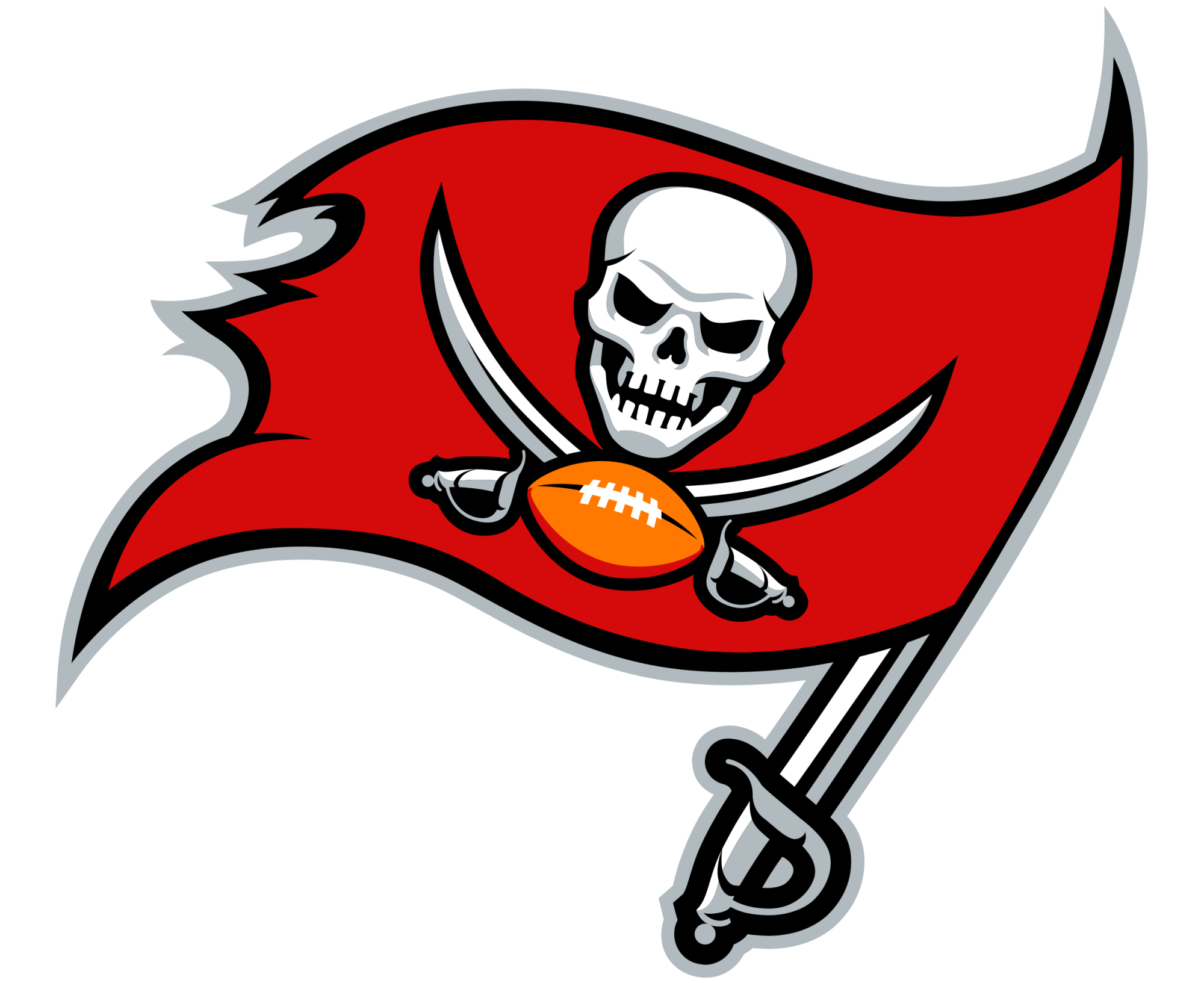Pittsburgh’s Offense Finally Felt Purposeful

Dec 31, 2023; Seattle, Washington, USA; Pittsburgh Steelers quarterback Mason Rudolph (2) looks to pass the ball against the Seattle Seahawks during the first half at Lumen Field. Mandatory Credit: Steven Bisig-USA TODAY Sports
For the better part of the last three seasons, the Pittsburgh Steelers had a pedestrian offense led by Matt Canada, which lacked imagination or really much rhyme or reason to the play calling.
That changed on Sunday against the Seattle Seahawks. Pittsburgh’s offense had a game plan that was conducive to their skillsets. They ran the ball with purpose. They threw the ball decisively. One play set up the next, a logical progression that had been missing for quite some time.
It just looked different, which, in the case of the 2023 Steelers, is a good thing. They played like a well-prepared NFL offense that studied film and attacked the opposing team’s weaknesses, and they did it for four consecutive quarters. Gone was the ultra-conservative play-calling, regardless of down and distance. This week, the Steelers said, “This is what we’re running. Try and stop it.”
Run Game
From the opening snap, the offensive line set a tone that this game was going to be different. That all traces back to their preparation throughout the week. Head coach Mike Tomlin spoke about how they wanted to control the environment, as Seattle has an extremely loud atmosphere.
The Steelers knew they had an advantage running the football in between the tackles, and they leaned into it, continuing to double team at the point of attack while also bringing a backside guard or tackle to get even more push at the line of scrimmage.
Several times throughout the game you saw a wall of Steeler blockers on inside zone runs where running backs weren’t touched for three or four yards. When they were, it was usually a safety arriving late after Najee Harris or Jaylen Warren were able to break the initial tackle. Harris in particular had several long runs in which he dragged defenders with him.
When Pittsburgh did run outside, it was after they had beat the Seahawks going downhill. Pittsburgh was able to catch Seattle off guard even though this is not what the line does well collectively. Play caller Mike Sullivan did an excellent job mixing in just enough outside runs to keep Seattle off balance, which allowed the Steelers to control the line of scrimmage.
Pass Game
The passing-game success also starts up front. Mason Rudolph worked for the most part in a clean pocket. Giving up just one sack to a good Seahawks pass rush, the line dominated in the run game so much that the pass rushers couldn’t get a handle on what was coming.
Sullivan took advantage of Rudolph’s strong arm and ability to get the ball deep downfield to the playmakers. The sixth-year signal caller out of Oklahoma State used the entire football field, which had been a ghost town in the Black and Gold’s offense.
Mason Rudolph pass chart pic.twitter.com/6kdd7uUjvy
— Bob Pompeani (@KDPomp) January 1, 2024
Play action was again huge based on the dominance in the running game. Even a future Hall of Fame linebacker like Bobby Wagner was consistently fooled on play action. It simplified the intermediate throws and made possible deep throws that take more time to develop.
Success
The plan was obvious to everyone watching: Run the football. But the deeper theme was to ramp up the aggression. Everything the Steelers did was going downhill and up the field — no sideline screens or 10-outside stretch plays that depend on linemen running sideways and giving up their physical advantage.
Pittsburgh was able to manipulate the Seahawks’ defense to get their skill-position players in one-on-one situations. It’s not that they haven’t tried doing this in the past, they just never had a coherent plan to do so. The NFL is too good to just call plays to call them. You must set up one play with the previous few plays, establish narrative patterns to subvert them.
It may still be too late to salvage the season, but with their backs against the wall in the penultimate game of the season, Pittsburgh put forth their best effort to date and showed no signs of defeat.
Up Next





